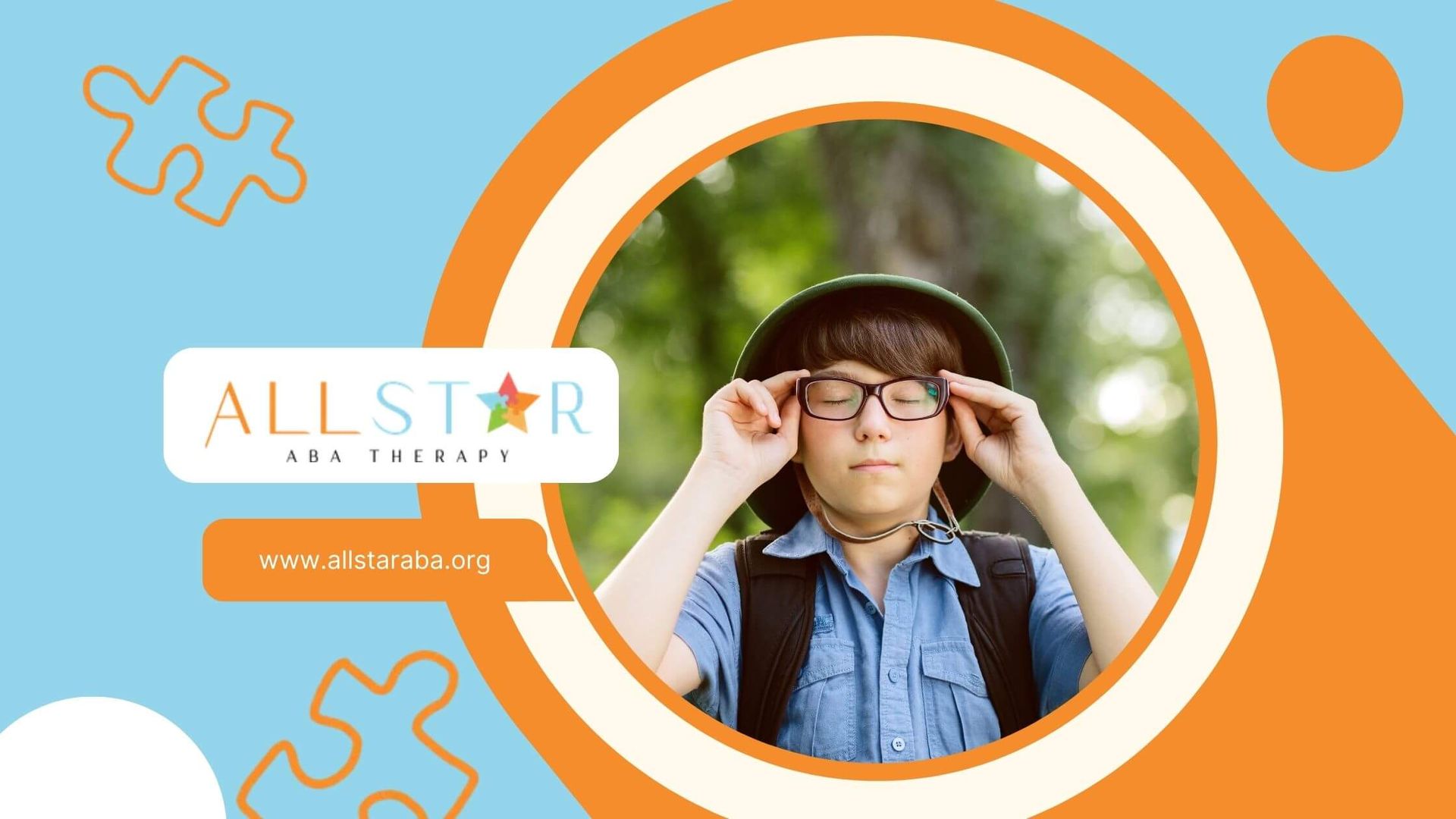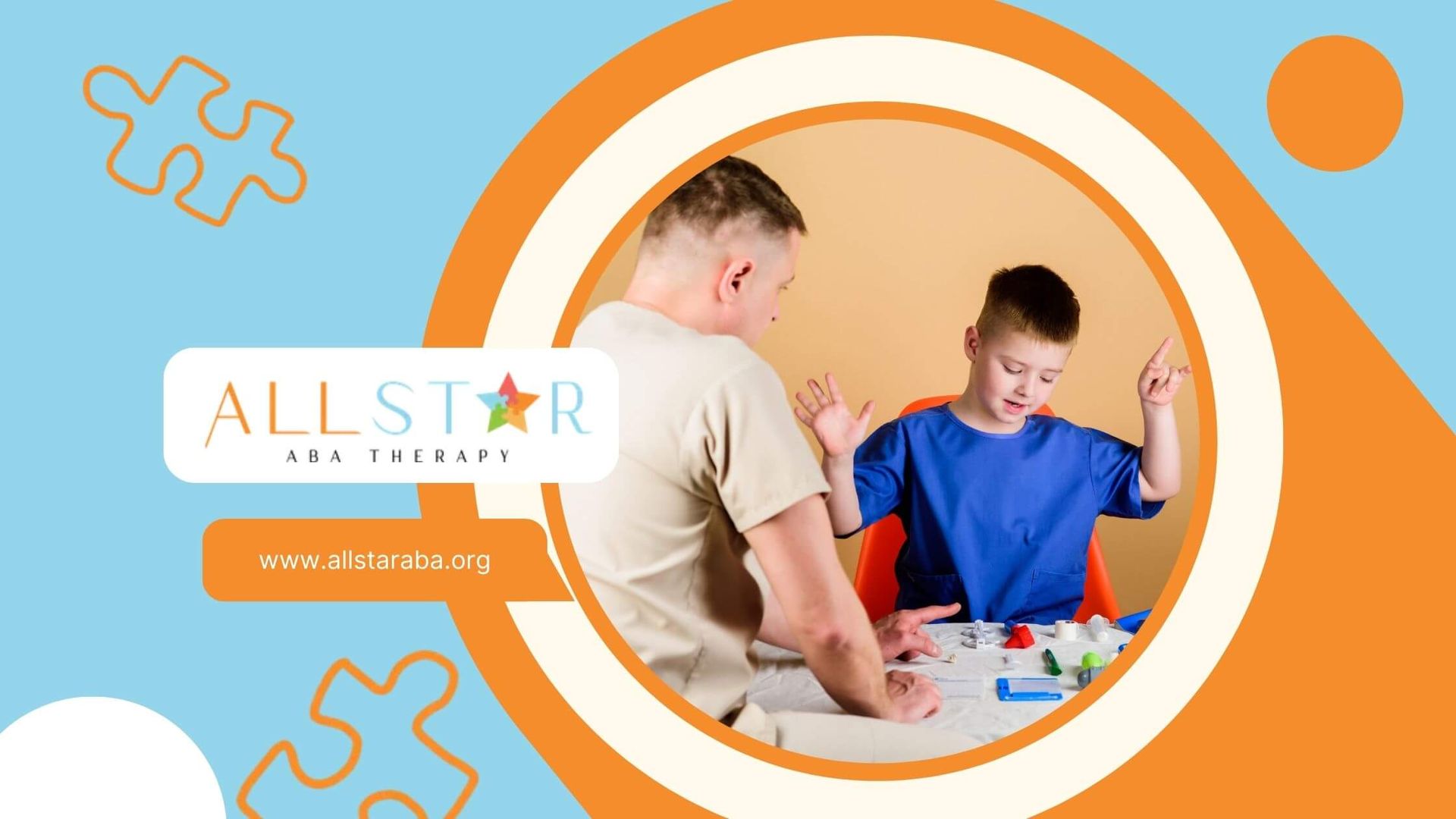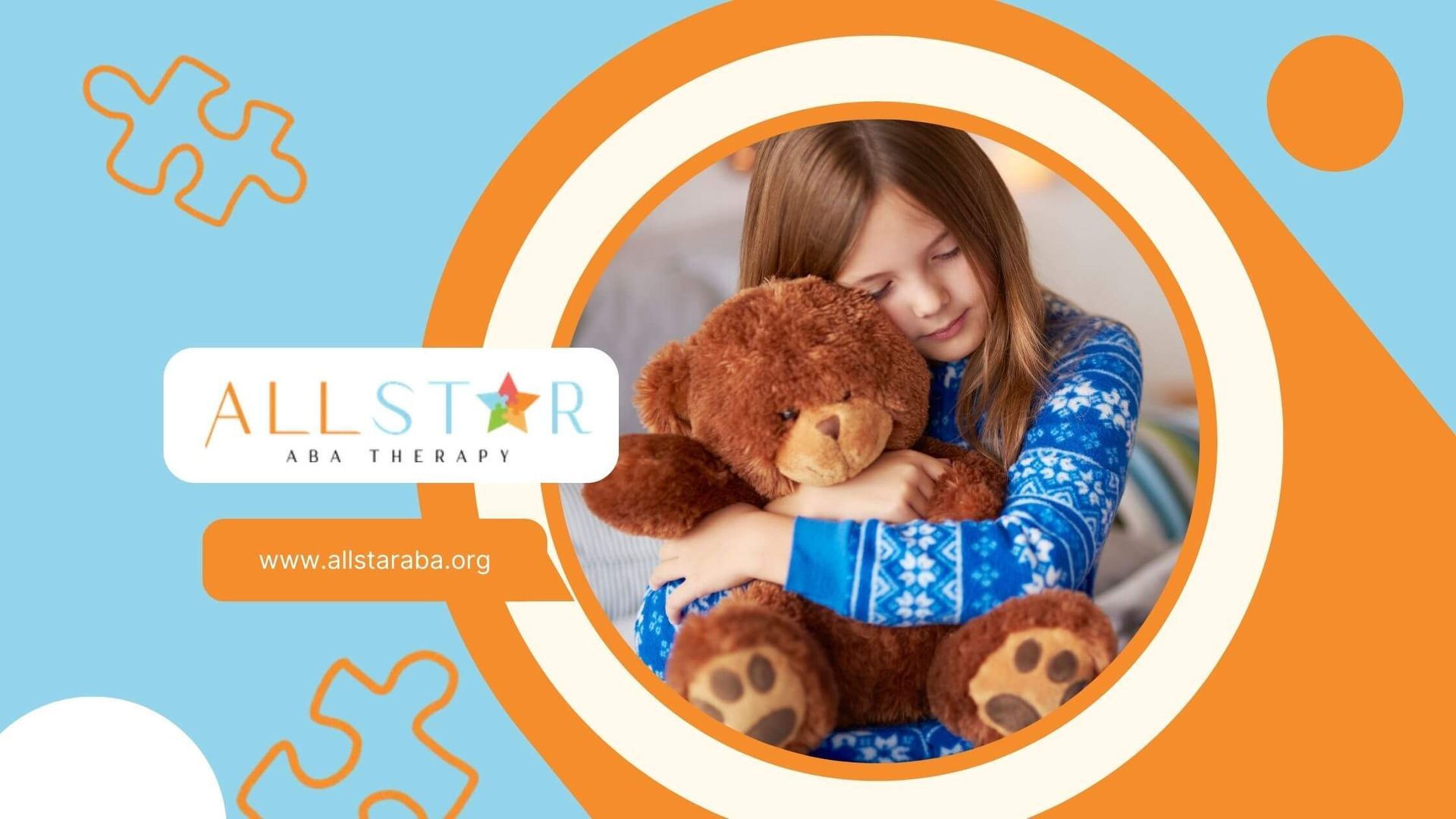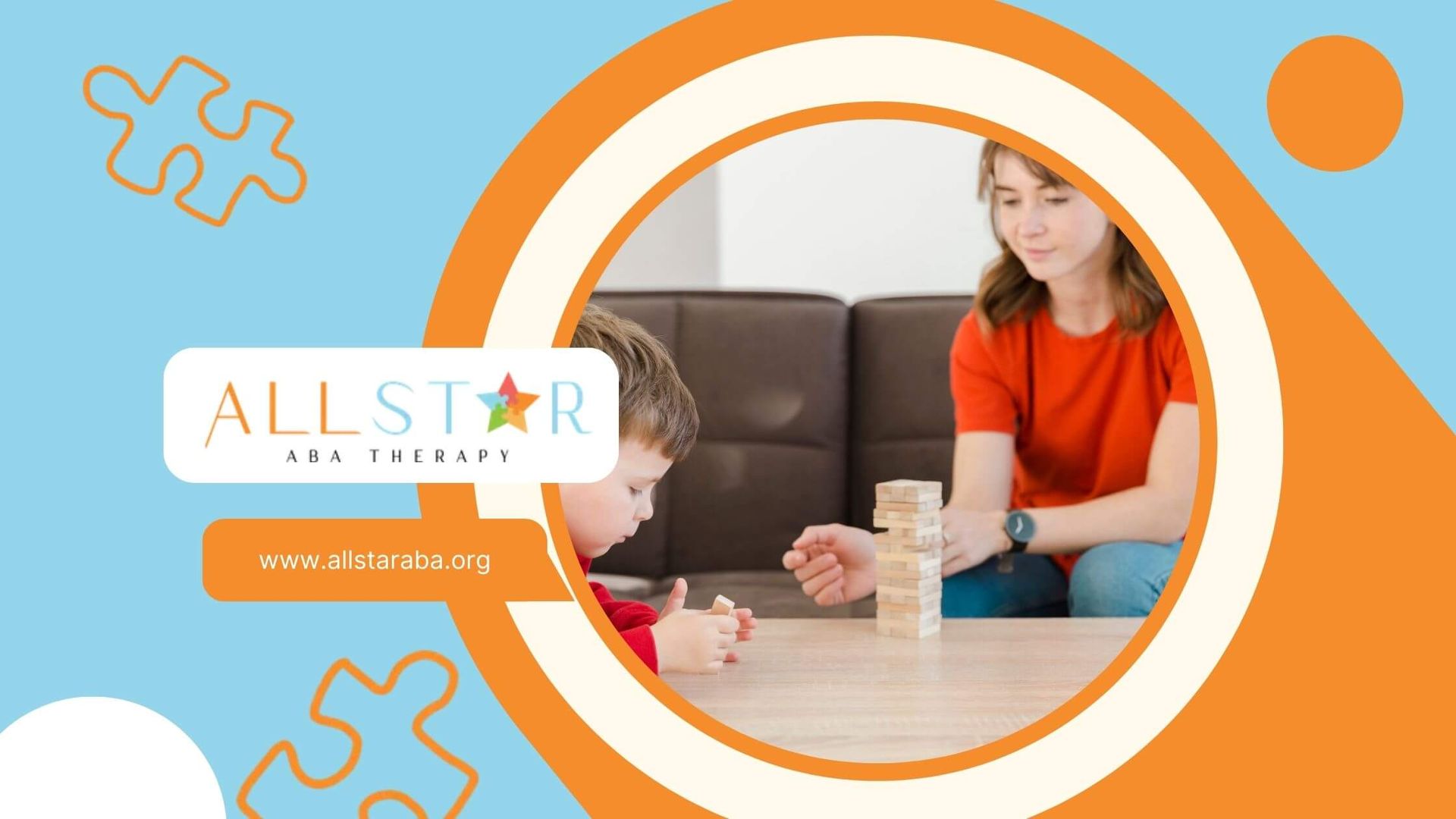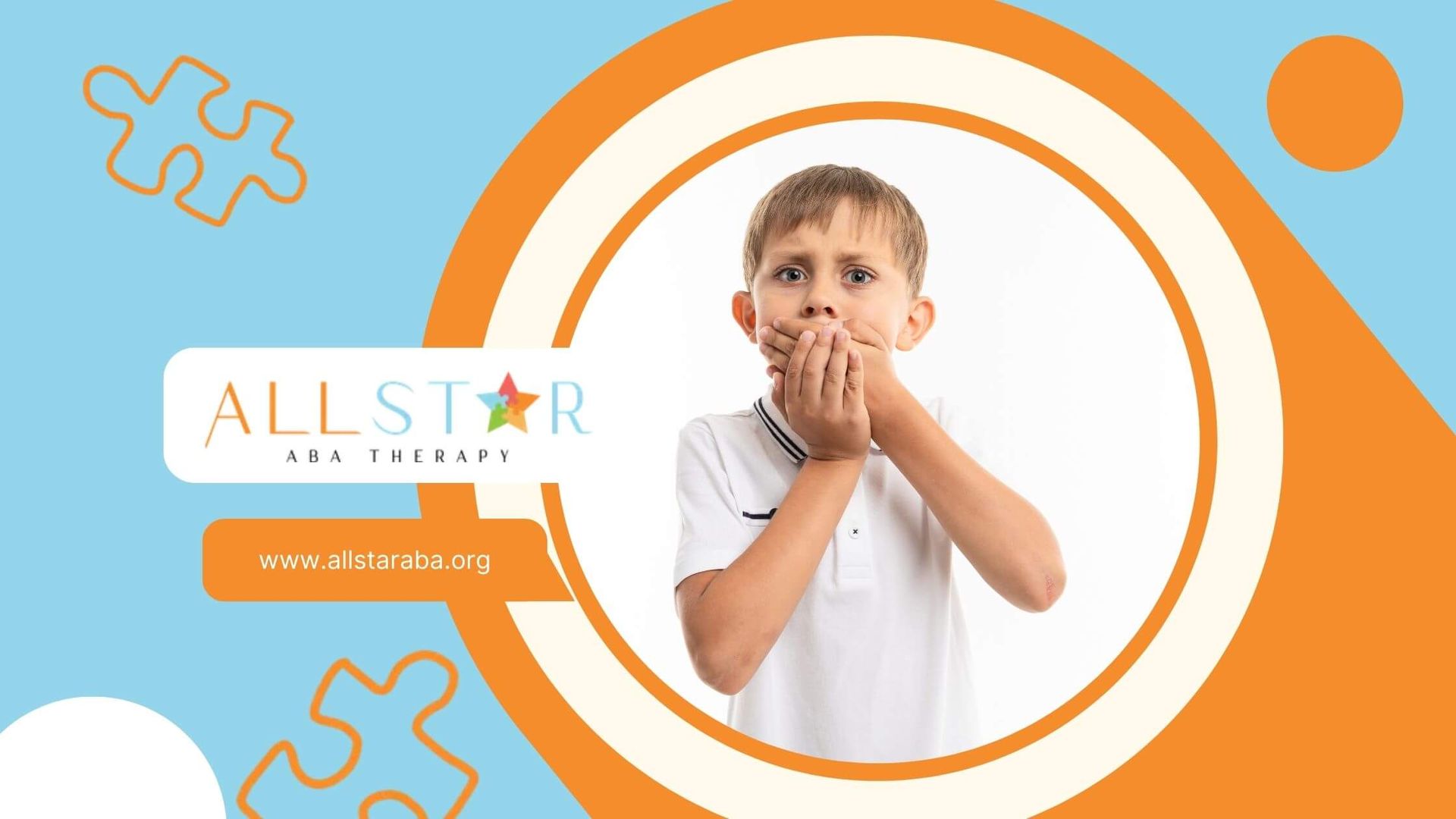New Paragraph
Navigating the Autism Testing Process
Early intervention is very important for the development of children with autism spectrum disorder (ASD). Finding out about autism early helps to know their specific needs. It also allows parents to get important resources and personalized help. The process of autism testing can be complex. Families must work through developmental screenings, use diagnostic tools, and talk to professionals. As more people learn about it, understanding the testing process is key. This ensures that support comes at the right time and leads to the best outcomes for those on the autism spectrum.
Understanding Autism Spectrum Disorder (ASD)
Autism spectrum disorder (ASD) comes with many challenges. It affects how people interact with others and communicate. Those with ASD might show repetitive behaviors and have special patterns of behavior. Early intervention is important. It focuses on knowing each child's unique strengths and weaknesses. Professionals use diagnostic tools like the Autism Diagnostic Observation Schedule and the Childhood Autism Rating Scale. These tools help check language skills, eye contact, and nonverbal communication. A correct diagnosis is key. It helps provide the right support, build social skills, and tackle behavioral challenges. This leads to a better quality of life for the child.
Definition and Key Characteristics of ASD
Autism spectrum disorder, or ASD, involves developmental issues that impact communication, social interaction, and repetitive behaviors. The autism spectrum shows the wide range of symptoms and skills in people, from mild challenges to serious difficulties.
One key feature of ASD is the struggle with social interaction. This means children may find it hard to form emotional bonds, read body language, and maintain friendships. These issues can stop a child from joining in imaginative play or group activities.
Repetitive patterns of behavior are also important in ASD. Kids may stick to strict routines or interests, repeat certain phrases, or react strongly to sensory experiences. Identifying these behaviors helps experts understand how serious the autism spectrum disorder is. This knowledge is important for correctly diagnosing ASD and creating custom plans that can help improve a child's social skills and daily activities.
Common Misconceptions About Autism
Misunderstandings about autism spectrum disorder can cause confusion or slow down diagnosis. Many people think that everyone with autism has the same problems, ignoring the wide range of differences within the autism spectrum.
Problems with social communication are often thought to be only due to autism. However, they can also come from other issues like mild language disorders or learning difficulties. These false beliefs can make it hard to correctly identify autism.
Sometimes, behavioral problems can lead to wrong diagnoses. Parents might see tantrums or shyness that look like autism spectrum disorder (ASD), but these behaviors can be caused by other things. This shows how important it is to have a professional evaluation and careful observation for the right diagnosis. Clearing up myths about autism helps families seek out testing and support that are based on facts for better help tailored to their needs.
Early Signs and Symptoms of Autism
Noticing early signs of ASD in young children is very important. Signs like limited eye contact, late language skills, and repetitive behaviors may show that a child is developing differently. This can make parents want to seek further evaluation.
These early signs often appear during everyday activities. For instance, a child might have trouble playing with others or react strongly to changes in their routine. Parents should talk to healthcare professionals if they see these traits. Early detection can help with effective intervention and better outcomes.
Recognizing Early Behavioral Indicators
Young children with autism often show different behaviors that indicate they are developing uniquely. One example is a struggle with sustained eye contact. These children might look away when socializing or avoid looking at their caregivers.
In early childhood, they may not show much interest in playing with others or using their imagination. Instead, these kids might focus on specific things, like repetitive movements or certain objects. Recognizing these signs can help identify autism spectrum disorder (ASD) early.
Other early signs can include strange reactions to sensory input. For instance, some kids may be very sensitive to loud sounds or different textures. Parents who notice these behaviors in everyday life should talk to professionals for advice. Seeing these signs during childhood is important for starting assessments and getting the right help.
Importance of Early Detection
The importance of catching autism spectrum disorder early is very high. Early intervention helps in making real progress in a child's development. It can improve their social skills, communication, and overall quality of life.
Tools like screening questionnaires can help find signs of ASD. This helps caregivers spot challenges early. With an early diagnosis, parents can find therapy, educational programs, and resources that fit their child's unique needs.
Finding problems early can also help avoid future issues. It allows experts to help before the social demands become too much for a child. When families seek help for developmental concerns early, they build a strong support system that encourages positive growth.
Diagnostic Criteria for Autism
The diagnostic criteria for autism describe important traits that children might show. The DSM-5 lists social communication problems and restricted or repetitive behaviors needed for a diagnosis.
Experts record these traits by observing children, talking with parents, and reviewing their developmental history. The criteria show different levels of severity, from mild to severe. They help professionals check for signs of autism spectrum disorder. Using the diagnostic criteria makes sure the evaluation process is complete and can adjust to different cases of autism spectrum disorder.
Criteria Outlined in DSM-5
The Diagnostic and Statistical Manual of Mental Disorders (DSM-5) outlines the important criteria for diagnosing autism spectrum disorder (ASD). A child needs to show ongoing difficulties in social communication. They must also display at least two types of repetitive behaviors that are restrictive.
Assessing Social Communication and Interaction
Evaluating social communication is very important for diagnosing autism. Clinicians watch how a child keeps a conversation going. They look closely at how the child understands things like facial expressions and interacts with other kids.
Nonverbal communication matters a lot in this assessment. It includes observing gestures and eye contact. A lack of these can show how autism affects relationships.
Assessing social skills involves looking at imaginative play and how the child fits into different social situations. This helps professionals find out if any challenges are due to developmental delays or autism traits. Bringing together these observations leads to a clear diagnosis.
Testing Procedures for Autism Diagnosis
Autism testing usually starts with checking a child's development using tools that point out possible issues. Tools like the Ages and Stages Questionnaire and M-CHAT can highlight early signs of autism spectrum disorder (ASD).
Next, more detailed evaluations are done. These involve talking to parents, watching the child, and using tests like ADOS-2. Experts combine all this information to get a clear picture. This careful way helps to notice small traits of autism, leading to an accurate diagnosis.
Role of Developmental Screening in Early Childhood
Developmental screening is the first step in autism diagnosis. It uses tools to check if young children reach important milestones for their age. One example is the Ages and Stages Questionnaire, which looks at skills like communication and movement.
These screening tools find possible signs of autism. They help make sure that young children who show red flags get referred for further evaluation. These tools guide families when dealing with development issues.
While screening tools are helpful, they do not give a definite diagnosis. The results encourage parents to get a complete evaluation. This helps improve understanding and care for suspected autism cases.
Comprehensive Diagnostic Evaluations
A complete evaluation combines observations, special tests, and information from caregivers to provide a full autism diagnosis. Tools like the Autism Diagnostic Observation Schedule (ADOS-2) help experts study social behaviors and repeated actions in detail.
Clinicians also conduct parent interviews, known as the Autism Diagnostic Interview. These conversations look into developmental patterns that might show signs of ASD. They gain valuable insights from what parents have seen.
A good evaluation includes organized tests and direct observation of the child. The results give important details that help guide treatment plans, ensuring the child has positive development paths.
Interpreting Autism Test Results
Autism test results need careful reading to reveal the child’s behavior and growth needs. The assessment shows both challenges and strengths. This helps in creating support strategies that are just right for the child.
Professionals provide thorough feedback to parents. They point out traits related to ASD. This teamwork helps families make informed choices. It empowers them to tackle developmental concerns well.
Understanding the Scope of Diagnostic Assessments
Diagnostic assessments look at the unique signs of autism by using observations and special tools. The results show which developmental areas are affected by autism. This helps in providing the right support.
Professionals study the evaluation results closely. They make sure that parents understand how traits like limited behaviors can affect their child's everyday life.
The clear information helps in planning for the future. It offers the insights needed for changes in education and early intervention strategies. This improves chances for positive outcomes for the child.
Challenges in Autism Diagnosis
Autism diagnosis can face challenges. Symptoms can be similar to those of other disorders, like ADHD and language delays. These overlaps can make it hard to reach the right conclusions.
Parents might want a second opinion because it can be tough to spot the more subtle signs of autism. Without careful evaluations, misdiagnosis can happen, causing confusion for families.
Using the right assessment methods is important. This includes having experienced professionals and standard tools. By addressing these issues, we can improve the accuracy and confidence in the autism diagnosis.
Conclusion
Navigating the autism testing process can be a tough journey for families. It brings many questions and uncertainties. But, understanding autism spectrum disorder (ASD), knowing early signs, and learning about testing steps can help you make better choices. It is important to approach this with patience and support. Early detection and a correct diagnosis are very important for a child's growth and access to help. If you think your child may be on the autism spectrum, reach out to professionals who can help you during the testing process. Remember, asking for help is a key step for the best results for your child. For more help or to clear up questions, check out our frequently asked questions or contact us directly. Your path to understanding and support starts with knowledge and care.
At All Stars ABA, we guide families through the autism testing process with compassion and expertise. Our team works closely with parents to ensure a smooth, informed experience, helping to identify your child's needs and tailor an effective treatment plan. We offer comprehensive ABA therapy that supports your child's unique strengths and challenges, promoting meaningful progress in communication, behavior, and social skills. Reach out to All Stars ABA today to get started on your child’s journey towards success with the support they deserve.
Frequently Asked Questions
What are the first steps if I suspect my child has autism?
The first step is to talk to a primary care provider about developmental screening and more evaluation. This can include interviews or using diagnostic tools. Early intervention and a diagnosis of autism are important. They help find the best ways to support developmental needs.
What types of professionals are qualified to conduct autism testing?
Qualified experts for autism testing are developmental pediatricians, occupational therapists, and child psychologists. These specialists do complete evaluations to check for autism spectrum traits. They also provide guidance for customized support. Their skills help to make accurate diagnoses and create clear plans for intervention.
What are the common steps involved in the autism testing process?
The autism testing process has several steps. It includes developmental screening tools and detailed evaluations. There are also structured interviews to gather information. Diagnostic tools, like ADOS, look at social communication and repetitive behaviors. These methods work together to ensure the results are accurate.
Sources
- https://www.nimh.nih.gov/health/topics/autism-spectrum-disorders-asd
- https://educationonline.ku.edu/community/social-difficulties-in-autism-spectrum-disorder
- https://educationonline.ku.edu/community/restricted-and-repetitive-behavior-patterns-in-autism-spectrum-disorder
- https://www.autismspeaks.org/signs-autism
- https://www.psychiatry.org/psychiatrists/practice/dsm
Need Support?
We're Here to Help!
Our experienced team is ready to assist you. Reach out today to discuss how we can support your child's development and well-being.
Get started with expert ABA therapy today.



